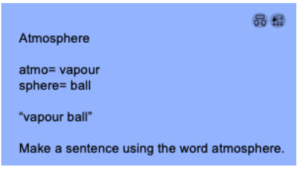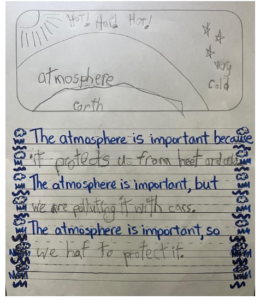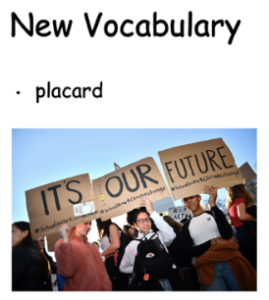Connecting Syntax and Knowledge-Building to Create Meaningful Learning Opportunities in Elementary

Connecting Syntax and Knowledge-Building to Create Meaningful Learning Opportunities in Elementary
As a child, I remember diagramming sentences and doing worksheets about there, their and they’re amongst many others. It was soooo boring! The sentences were always random, perhaps about “Anne doing art” or “Bob doing homework.” They didn’t share anything meaningful with me. It was a “drill and kill” approach. I also remember sitting with a vocabulary list and looking up words in the dictionary and then writing out the definition, then using the word in a written sentence. It was almost as boring as the grammar worksheets.
Our new elementary Ontario Language curriculum lays out, in detail, the phonological knowledge and related skills, as well as the grammatical structures (including syntax and morphology), that must be taught by grade in the B Strand’s Appendix A and Appendix B, respectively. These appendices provide a very clear and supportive roadmap for us. Our students absolutely need explicit teaching in reading and writing. But, we cannot, we will not, facilitate the return of boring worksheets that are full of random sentences without relevance or meaning.
As a School Based Literacy Facilitator, I spent much of my time in primary last year. We used screening tools three times a year, and further diagnostics when needed; we followed a scope and sequence, often one related to a particular resource of interest to the teacher, such as Flyleaf or UFLI, but the work in classrooms was anything but boring! There were routines and rich discussions, songs and games, fun and laughter, and a whole lot of learning, especially related to reading. How do we bring research-based, rich learning and joy to teaching syntax and writing?
Resource Exploration
Last spring, a team of teachers in the primary division started to explore The Syntax Project in earnest, a free and editable resource based on a scope and sequence in syntax, including explicit instructional PowerPoint lessons, many of which are directly based on The Writing Revolution (2017) by Judith C. Hochman and Natalie Wexler. The Syntax Project resource was developed by teachers in the Serpentine Primary School (WA) in Australia. These resources support students by using sentence stems to explicitly teach writing at the level of the sentence, but why and how should we add knowledge building into writing?
Wexler, who also authored The Knowledge Gap writes “getting young students to write at the level of the sentence … about the content they’re learning is a golden opportunity to build and deepen the kind of knowledge we want them to be acquiring” (2022).
We also explored Core Knowledge Language Arts (CKLA) units last spring; they were being used in a few classrooms and we saw some incredible growth in writing from our students in these classes. The sentences about rich content units on topics like Habitat, The Human Body, and Mapping were more complex than other writing the students had done. We wanted to anchor the syntax work in content to drive the rigour of the writing, as well as support our students in knowledge building. But how would we do this?
Connecting Syntax and Knowledge Building in a grade 1/2 and 2/3 class
Our goal, to connect syntax and knowledge building to creating meaningful learning opportunities for students, led us to choose a Year 2 Syntax Project lesson on the use of the conjunctions “because, but, so” and another on expanding simple sentences. The Syntax Project lessons are editable which allowed us to pair them with relevant content and to scaffold the sentence-building process.
After choosing the slide decks, we started pairing the lessons to content from each class. The grade 2/3 class was working on soil in science, and the grade 1/2 class was focusing on environment and habitat. We decided to build upon one Syntax Project lesson on air, and one on water, to run in both classes. The title slide of The Syntax Project decks were reworked to reflect the new foci.
 |
Before jumping into sentence-building using “because, but, so,” students needed to learn about the content. We began by teaching new vocabulary through morphology. Morphology, the exploration of the small parts in words that carry meaning, is an important piece of developing vocabulary and background knowledge so that all students can access the content. We also used images to support understanding; they loved learning the new vocabulary this way! This knowledge building preload used Anita Archer’s explicit instructional routines including targeted and essential key learnings, a peppy pace, choral response (whole class verbal response), pair and share, and movement such as hand gestures. One of the reasons that choral response is important is that Archer states that producing the motor plan with the mouth is an important part of learning new words.
 |
 |
Multimodal learning is a natural fit with this approach. The little ones held their hands out in a ball shape when they said “sphere.” They moved their hands around the imaginary ball in the air to indicate the vapour (atmo) around it. (They did these hand movements again weeks later when the word came up). We also looked at the words “element” and ”composition”. They loved the idea that element means the basic building blocks of life, and here they were in elementary school, learning the basics of life! “Woah!” and “Mind blown!” they said.
The connections between words excite our kids, and as Wexler says “The more knowledge a child starts with, the more likely she is to acquire yet more knowledge. She’ll read more and understand and retain information better, because knowledge, like Velcro, sticks best to other related knowledge” (2019). The meaning of the word “element” stuck to the idea of their everyday school lives. Moreover, in the future when they learn about the Periodic Table and elements in Science this new knowledge will be more likely to stick!
Building Sentences
Next, we jumped into sentence building using the “because, but and so” sentence stems with the slides from The Syntax Project; this resource already uses some explicit instruction routines. We also popped in questions like “what’s my word?” and “which conjunction should I use?” throughout to elicit more choral response.
 |
We started with sentences that were not related to our science content to engage students in the process. One of the prompts asked the students to finish the sentence “The door creaked slowly as it opened…” with “because, but, and so” and they did not want to stop creating sentences at this point.
Two students who rarely share their ideas were confident and sharing. A shy student who is often alone in her imagination shared her idea for a sentence using the stem: “The door creaked slowly as it opened because a ghost was waiting behind the door.” A boy who struggles with written work shared his sentence: “The door creaked slowly as it opened, but then the zombies smashed into the room.”
The oral sentence work scaffolded the skill and supported students. They each mastered the usage of “because, but and so” using The Syntax Project slides.
 |
After practicing with some fun sentences, we reviewed the specific science vocabulary taught earlier, and showed another video about our atmosphere, its composition, and its central role in making earth habitable.
Students then used their new vocabulary and the “because, but, so” sentence stems orally to share content-related sentences about what they learned.
Learning from Teaching:
 |
Successes
One teacher excitedly said, “I see how this explicit instruction is helping them.”
The content drove the complexity of their oral sentences and later, their written sentences as well. There were no boring sentences about “Bob doing homework.” The students wrote grammatically correct sentences with depth and meaning.
The success of this lesson was apparent when many of these young writers who were very proud of their ideas, knowledge and writing, asked to show their sentences to some grade eight students who had recently done a presentation about the environment for the grade 1 / 2 class.
Learnings
In one class, I used a “pick a stick” strategy recommended in The Syntax Project, which went poorly initially. The strategy uses popsicle sticks, one with each of the students’ names on them. If their name is chosen at random by a student or teacher picking a stick, students are asked to share an answer or idea, developed earlier in a “pair and share”. I offered a pass option, and after one student used a pass, and another followed suit, I abandoned the strategy in that class and changed it up in the next by adding a “phone a friend” strategy: students could ask a friend to help them with their answer. Responsive use of resources and scaffolding participation so that students can feel comfortable, and engage fully in the learning, is always important.
Round 2
The next week, we ran the second syntax and knowledge building lesson with a focus on water which included learning about the work of the young Anishinaabe Water Protector, Autumn Peltier. The objective of this syntax lesson was to expand simple sentences by adding important details. We also added new vocabulary for students to learn (protest, and placard).
 |
|
We began the same way as round one, teaching vocabulary with images and morphology and drawing on Anita Archer’s explicit instruction. We were easily able to elicit choral responses. Students were ready and enthusiastic in their participation. We were able to talk about the morphemes of each word. So many words start with the prefix pro! “That is amazing!” they said.
Participation in mini protests at each table was exceptional! “No MORE BUGS!” they hollered, or “Soccer every day” they chanted as they waved their placards. Please forgive them about the bugs – the black flies are everywhere in May in northern Ontario. This kind of vocabulary work is far from writing out definitions from a dictionary!
Their expanded sentences about Autumn Peltier were excellent and some of the students chose to use because, but, and / or so without prompting. Once again, their writing was important to them.
Even more importantly, the young Water Protector inspired them. The students were in awe of how much she accomplished as a young person, a person not much older than themselves. Autumn Peltier’s ability to speak truth and wisdom is but one example that clearly demonstrates the importance of amplifying Indigenous voices and Indigenous knowledge in education.
To Conclude
I was speaking with a colleague the other day about how much we have changed the way we instruct – we are frontloading our lessons with so much explicit instruction and cross-curricular content, and the results are students who are engaged and empowered in meaningful learning. As we work through this strong and specific curriculum, I know I will be leaning into knowledge building for a myriad of reasons, not the least of which being that we live in a knowledge-based economy, and it absolutely supports our readers and writers in becoming more skilled. “If you look at what cognitive scientists know about how reading comprehension works, the evidence suggests that the more general academic knowledge and vocabulary you have, the better at general comprehension you are” (Wexler, 2022).
We can “apply language and literacy skills in cross-curricular and integrated learning” as recommended in the A3 expectation of our new curriculum with explicit instruction in syntax and grammar;
- to enhance students’ general knowledge and provide lots of information for new information to “stick to” later in their educational careers;
- to support students’ development of vocabulary and morphology and language comprehension;
- to bring writing opportunities that are meaningful to our students;
- to drive the rigour of the writing;
- to ensure students learn to write using the syntax of written language, and not be confined to the syntax of verbal language as the two can be so different
I feel so lucky to work with the incredible educators in the Near North District School Board and many others across the province through connections via social media, ELAN, and the new ONlit.org website. We learn so much from and with each other! My learning is continually bolstered by a variety of incredible teams and groups of educators.
In that spirit of learning and collaboration, I would be happy to share a copy of the modified slide decks. Please email me at [email protected] if you are interested in a copy, or have any questions. If you are exploring other ways of embedding knowledge building content into syntax, or coupling knowledge building with The Syntax Project yourselves, I would love to chat and learn with you!
 |
Lisa Rogers –
I am a School Based Literacy Facilitator with the Near North District School Board and the proud mom of an eight-year-old avid reader with dyslexia. I am also honoured to work as a member of the Curriculum Assistance Team at ONlit.org. I love canoeing, hiking and learning! My “why” as an educator is equity. Literacy, as the vehicle that drives equity, is my passion. My views are my own.
1.Syntax: the part of grammar dealing with the way in which linguistic elements (such as words) are put together to form constituents (such as phrases or clauses)
2. Morphology: Morphology is the study of words, how they’re formed and their relationship with other words in the same language. Morphology analyzes the structure of words, such as stems, root words, prefixes, and suffixes,and parts of words.
3.CKLA is one of many curricula available commercially and via open source based on knowledge building. It is an American curriculum with numerous units and resources online for a variety of grade levels and topics, including many free units. Some units are heavily based in American content, whereas others are more useful in a Canadian context.



Recent Comments